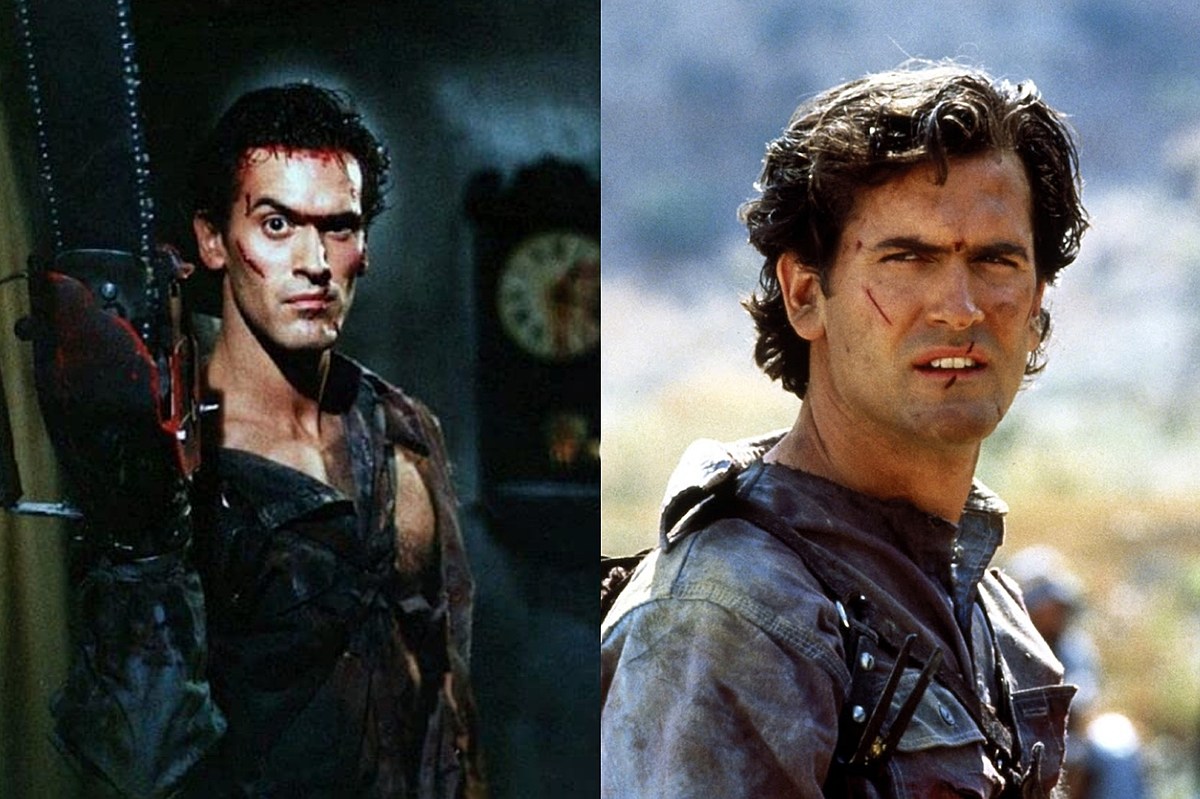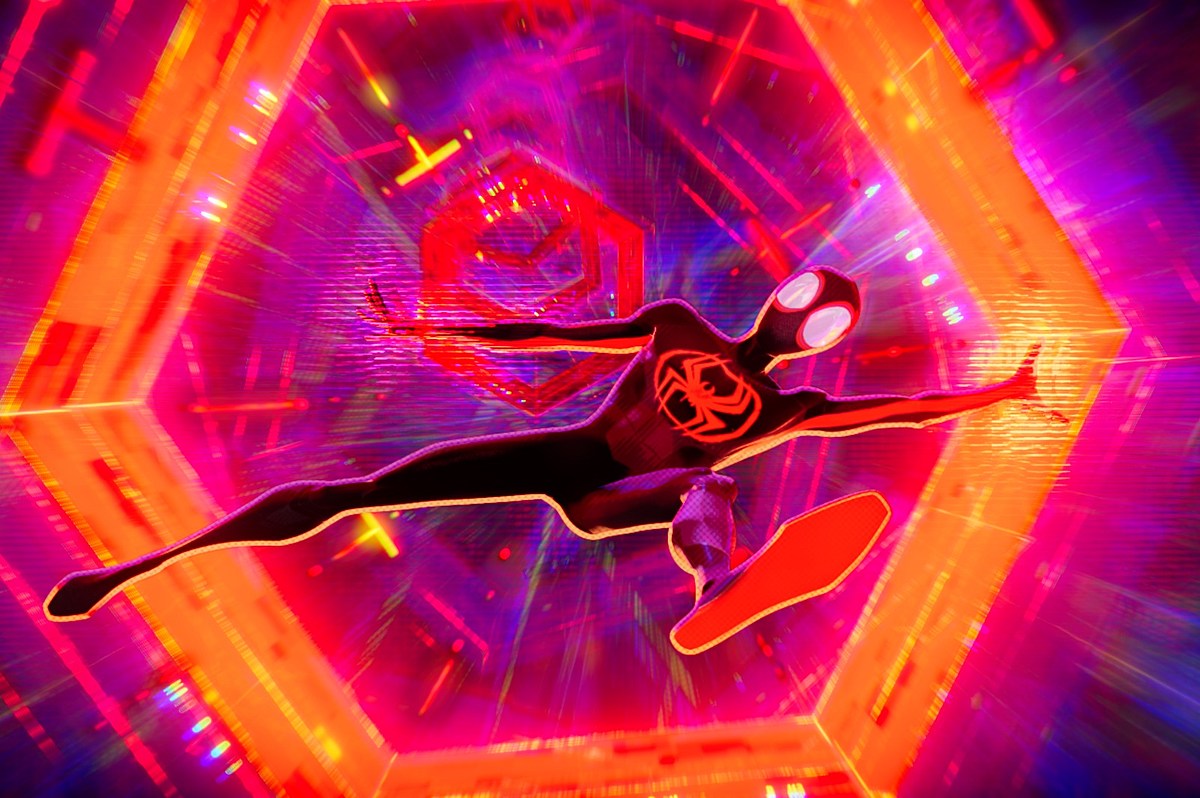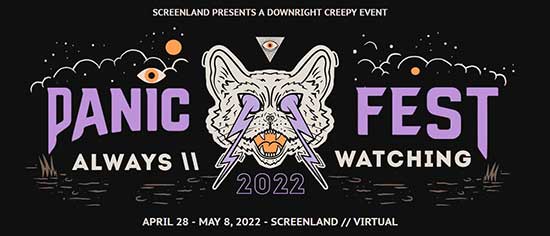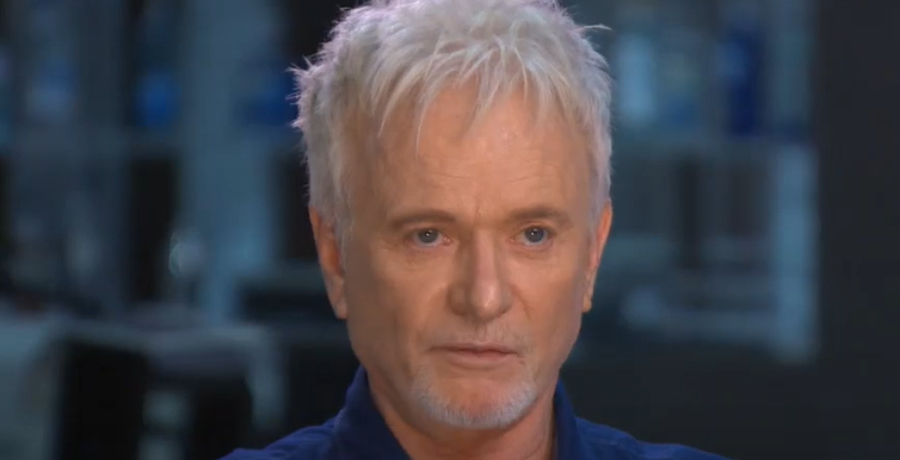For the first time in nine years, there’s a new Sam Raimi movie coming to theaters. And for the first time in 15 years it’s a superhero movie: Doctor Strange in the Multiverse of Madness. The film marks Raimi’s return to his roots as he injects some horror into the Marvel Cinematic Universe with a tale about a brave man (Benedict Cumberbatch) who encounters evil versions of himself as he hopscotches through time and space.
That’s a story template Raimi has explored before; it’s essentially the premise of 1992’s Army of Darkness, where an ordinary dude turned reluctant warrior named Ash (Bruce Campbell) gets sucked through a portal back to the 13th century. His only chance of returning home lies in retrieving the Necronomicon, the so-called “Book of the Dead.” Ash gets the book, but in the process he creates an evil doppelganger of himself, who raises an army of darkness to attack Ash and his allies.
Most Raimi fans like Army of Darkness, but they also consider it a pale shadow of its predecessor, Evil Dead II. With Doctor Strange in the Multiverse of Madness putting Raimi back into the cultural conversation, I think it’s time to confess my personal feelings on this subject: That Army of Darkness is by far the best Evil Dead movie. By far!
Before I explain why, I will concede that Evil Dead II does hold one inarguable edge over Army of Darkness. It came first, so it can lay claim to being the more innovative film in the world of horror comedies. The original Evil Dead from 1981 was a much more straightforward splatter film, albeit one made with more creativity than your average grindhouse fare. Evil Dead II blends genuinely grisly scares — a man cutting off his own hand — with genuinely big laughs — the dismembered hand becomes possessed and tortures its former owner, even giving him the middle finger at one point.
Evil Dead II is also a remarkable showcase for Bruce Campbell, Raimi’s childhood best-friend and longtime leading man. The scene where Campbell’s hand gets infected with unholy evil and then attacks him is a marvel of physical comedy:
Over the course of Evil Dead II, Campbell’s Ash transforms from a sweet-tempered guy to a full-blown zombie-fighting badass with a homemade chainsaw hand and a collection of catchphrases. (“Groovy!��� he exclaims, after he builds his unique saw-and-shotgun harness.) As that detail suggests, Evil Dead II is also a lot more violent than Army of Darkness. It was initially released in theaters unrated, after the MPAA refused to give the film an R rating. (When you make a horror movie with geysers of blood and a guy vivisecting his girlfriend’s head straight down the middle that tends to happen.)
But Army of Darkness is still rated R for “violence and horror,” and contains more than its fair share of dismemberment, head trauma, mangled limbs, and gruesome monsters. Undead creatures get decapitated, boiled, buried alive, and chopped into bits by an enormous rotary blade. Army of Darkness may not be as transgressive as Evil Dead II but a kids film it is not.
More importantly, Army of Darkness represents a significant expansion of Raimi’s vision and ambition from Evil Dead II. Army of Darkness’ budget was about four times as large as Evil Dead II’s, giving Raimi leeway for far bigger and more elaborate set pieces. Those include a battle at the bottom of a watery pit, Ash duking it out with a batch of tiny, evil doubles, and then a full-fledged battle scene between Ash and an army of angry skeletons, brought to life with an amusing mixture of stop-motion animation and practical puppets and animatronics. Army of Darkness is bigger and slicker than Evil Dead II in almost every way.
Some Evil Dead II purists complain that the character of Ash becomes too obnoxious in Army of Darkness; that he goes from a wise-cracking hero to a full-on jerk without any explanation or motivation. And it’s true; in Army of Darkness, Ash constantly insults everyone around him. Here’s how he greets Duke Henry the Red:
After Ash emerges from a pit full of “Deadites,” he launches into a profanity-laden rant in which he refers to the people of the 13th century as “primitive screwheads” while he explains the concept of his “boomstick.”
In other words, complaints that Ash becomes an a—hole in Army of Darkness are entirely accurate. But I would argue Ash’s transformation is essential to Army of Darkness’ success, rather than evidence of its inferiority.
A big reason why has to do with Raimi’s unique approach to horror. In a standard-issue zombie movie, the audience roots for the survival of the human protagonists. In an Evil Dead movie, the audience roots for Bruce Campbell to suffer at the hands of the Evil Dead — and, by extension, at the hands of Raimi himself.
In a 2015 interview connected to the release of the Ash vs. Evil Dead TV series, Raimi told Entertainment Weekly that hurting Bruce Campbell onscreen “gives me a great deal of pleasure.“ He added:
In this life, we’re supposed to respond to those things that give us bliss, and for me, this is that thing. So I find it to be a very healthy, productive, one-with-the universe-type thing to torment Bruce. And people love to watch his tormentation … I think their entertainment is proportional to the amount of suffering Bruce does, and Bruce understands that now. I hit him with a stick every once in a while to prod him along a little for his own good and to get the performance we need out of him. And the kids appreciate that.
While the term wouldn’t be invented for more than 20 years after Evil Dead II, a case could be made that Sam Raimi was the real inventor of “torture porn.” True, his horror movies are less graphic and much more overtly comedic than things such as Hostel or Saw. But by Raimi’s own admission, his audience is meant to derive pleasure from watching poor Ash suffer.
That is why Army of Darkness works better than Evil Dead II — because Ash is a jerk, and because it’s much funnier to watch a pompous bully get beat up than it is to see an innocent victim endure similar abuse. In Evil Dead II, you can’t help feeling sad for Ash as his hand turns on him and he’s forced to butcher his girlfriend like a side of beef. In Army of Darkness, Ash is such a buffoon he almost deserves what’s coming to him — and so the sadistic laughs at his expense are that much more enjoyable.
In one key scene, all Ash has to remember to prevent the apocalypse are three simple words. And he can’t even do that right.
As to complaints that Ash’s metamorphosis from champion to chump are unmotivated and break the continuity of the series I say: What continuity? Each Evil Dead takes what it wants from the previous ones and discards the rest. Evil Dead II is part remake of The Evil Dead and part sequel. It restages the first movie with fewer characters, then changes the specifics of what the Necronomicon is called and exactly how it works. There’s about as much continuity between these movies as there is between Batman and Robin and Batman Begins.
You can see Army of Darkness as a repetition of Evil Dead II, since it does essentially expand Raimi’s Three Stooges-meets-splatter-movie vibe. And sure, if you like Evil Dead II you could claim it’s a bit of a dilution of its energy. I prefer to see Army of Darkness as a refinement. To me, it’s the movie where Raimi perfects the combination of horror and comedy in a movie that is genuinely scary and genuinely hilarious, starring a character you love to see tormented. And with Doctor Strange in the Multiverse of Madness pitting Strange against evil versions of himself, Army of Darkness may soon be seen as an even more important film in Raimi’s overall career.






























